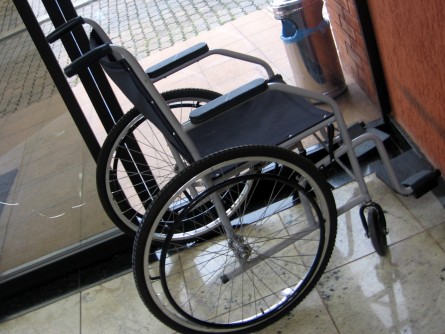In 1859, the industrialist Peter Cooper founded a school for art, architecture and engineering in New York City. He gave it a six-story building, with the idea that some of the floors would be rented out to earn revenue. Andrew Carnegie gave the school some money and later the school was given the land on which the Chrysler building would eventually be constructed. Cooper Union was supposed to be self-sustaining and students have never been charged tuition. That may be about to change, though, according to an article in the New York Times:
The university, which offers world-class instruction in art, architecture and engineering, but no expensive athletic programs, no tricked-out student centers, no plush lawns to sprawl on between classes, is currently losing $12 million a year, about a fifth of its overall budget. So 153 years after the inventor and industrialist Peter Cooper founded a school long rhapsodized as “free as air and water,” it is considering whether to end its most famous tradition, and start making undergraduates pay to attend.
Some of the faculty, alumni and students blame the administration for the budget shortfalls, claiming that a recently built addition to the campus, a $177 million building, is the cause of the school’s financial woes. But the school’s president insists the problems predate the building. (Which makes you wonder why they’d undertake the building in the first place.)
But the story was also interesting for its discussion of the problems with offering free tuition.
“The conundrum of Cooper Union,” said someone familiar with the board’s deliberations, who was not authorized to discuss them, “is in the age when you must go to philanthropic sources to maintain a private university, it’s very hard to say to someone, ‘Please give us money so we can give free tuition to the son of a surgeon from Houston.’”
At some level, one could imagine this problem for every charitable institution that serves a not impoverished population. Why should you give to the Metropolitan Opera or the Guggenheim or the American Ballet Theater when you will simply be subsidizing ticket costs for people who are unlikely to be destitute?
But there was also an interesting upside to not having tuition:
Many students and teachers describe the school’s generosity as an almost sacred principle. It creates, they say, an atmosphere unlike that at any other university, one in which class differences fade away. “For students with means and students without means,” said Kerry Carnahan, a 2000 graduate, “being in a classroom and knowing that the only thing that got you there is your ability -- it extends possibilities.”
This atmosphere strikes me as being increasingly difficult for colleges to achieve. It reminded me of a strange article in the Chronicle of Higher Education by Richard Kahlenberg this week. In it, he describes a recent appearance he made at Middlebury College:
Before introducing me, students from the sponsoring organization, Money at Midd, began the forum by publicly announcing their names and how much they and their families paid each year in tuition and fees. The first student, Samuel Koplinka-Loehr, said that his family paid about $18,000, and that he added $3,000 from his job. He passed the microphone to the next student, who said his family paid the full $56,000 comprehensive fee. A young woman said that her family could not afford to pay anything, but that she worked to pay $1,200 toward college costs.
According to Kahlenberg, the author of a book on how socioeconomic status should replace race as a basis for affirmative action, the odd demonstration he describes is part of a larger trend:
Long hidden from view, economic status is emerging from the shadows, as once-taboo discussions are taking shape. The growing economic divide in America, and on American campuses, has given rise to new student organizations, and new dialogues, focused on raising awareness of class issues -- and proposing solutions.
I’m not at all sure what these new dialogues will accomplish, but compared the situation at Cooper Union does seem idyllic in this way. Students at that school may be able to focus more on their studies and less on class consciousness. For that reason alone, if no other, let’s hope Cooper Union maintains this tradition.






